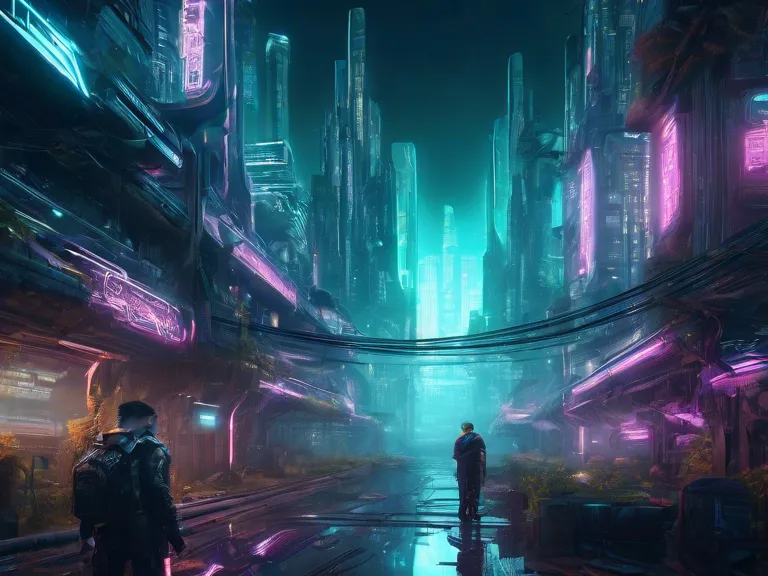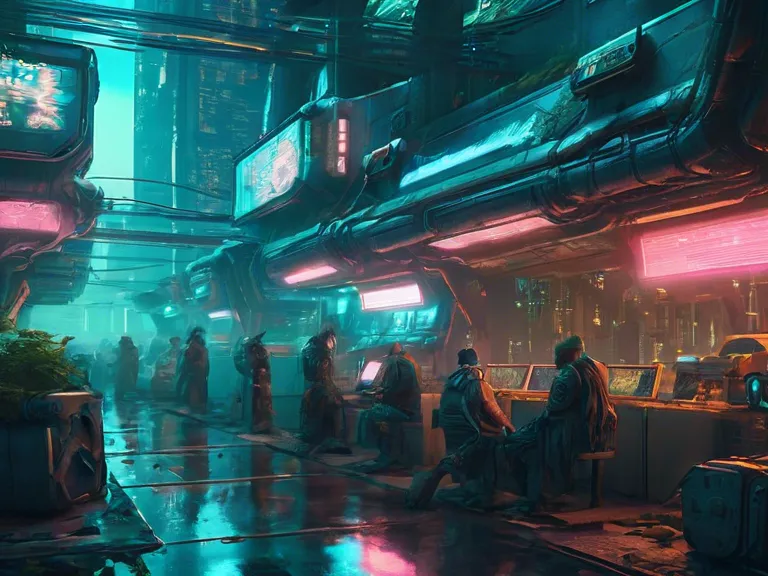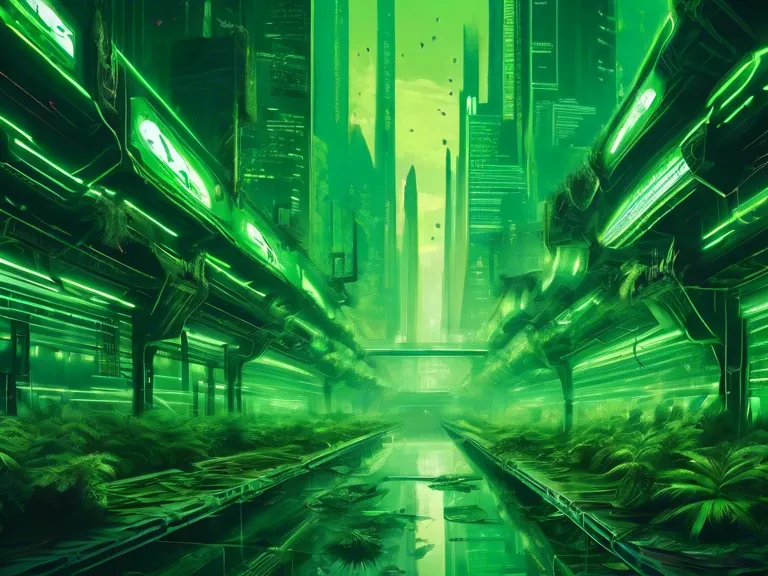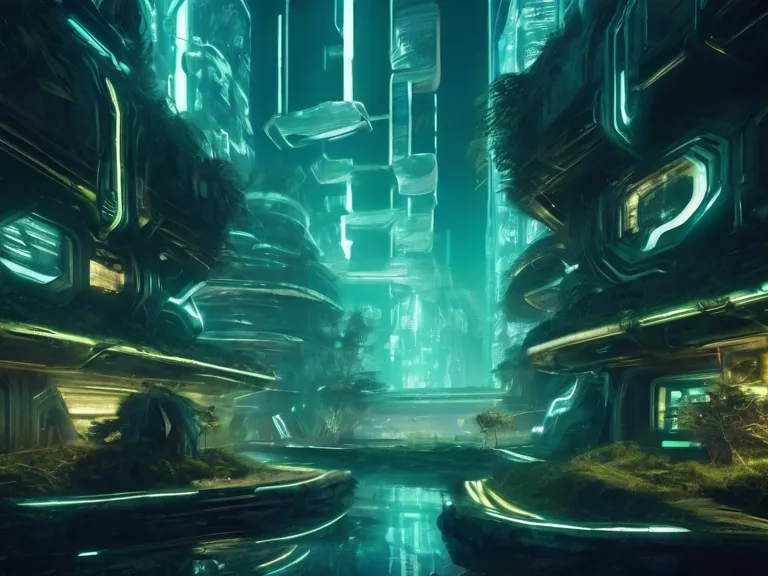
In a world dominated by technology and urban sprawl, cyberpunk sustainability aims to revive ancient environmental knowledge to combat global climate change and ecological degradation. Drawing inspiration from the fusion of high-tech and low-life aesthetic, cyberpunk sustainability emphasizes the importance of integrating traditional ecological wisdom with modern innovations to create a vibrant and sustainable future. By looking to the past for guidance, we can re-imagine our relationship with the environment and promote a more harmonious coexistence with nature.
One of the key principles of cyberpunk sustainability is the recognition of indigenous knowledge and practices in restoring and protecting the environment. Many ancient cultures around the world have developed sustainable ways of living in harmony with their surroundings, utilizing techniques such as permaculture, agroforestry, and traditional farming methods. By embracing these age-old practices and integrating them with cutting-edge technology, we can create resilient and regenerative ecosystems that can withstand the challenges of the modern world.
Another aspect of cyberpunk sustainability is the emphasis on decentralized and community-driven solutions to environmental issues. By empowering local communities to take control of their own resources and implement sustainable practices, we can create a bottom-up approach to environmental management that is more effective and equitable than top-down policies. From community gardens to renewable energy projects, grassroots initiatives play a crucial role in building a more sustainable and resilient society.
As we face the looming threat of climate change and ecological collapse, it is more important than ever to look to the past for inspiration and guidance in our quest for a sustainable future. By combining ancient environmental knowledge with modern technology and innovation, we can create a new paradigm of cyberpunk sustainability that is both cutting-edge and deeply rooted in our shared human heritage.


